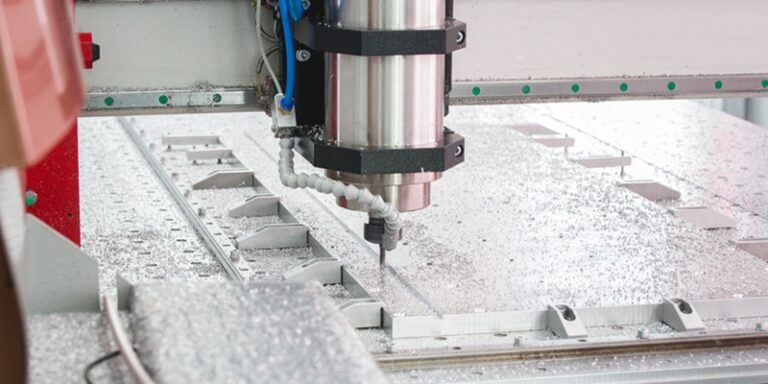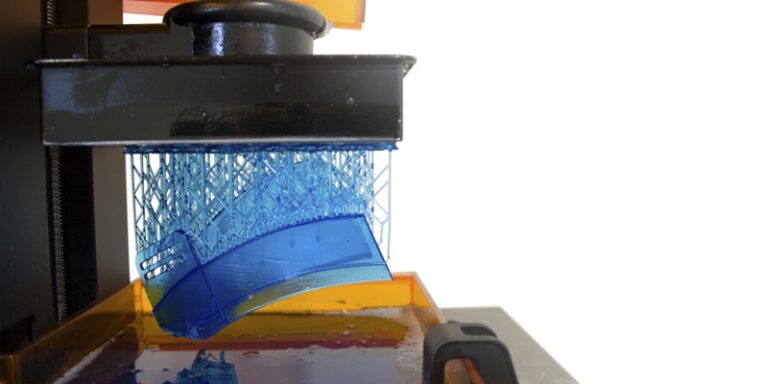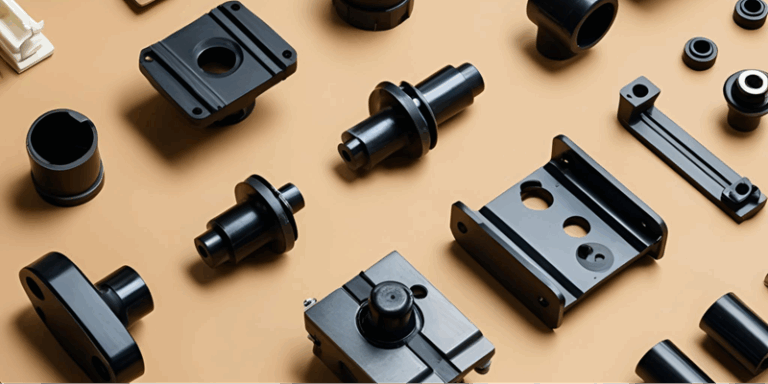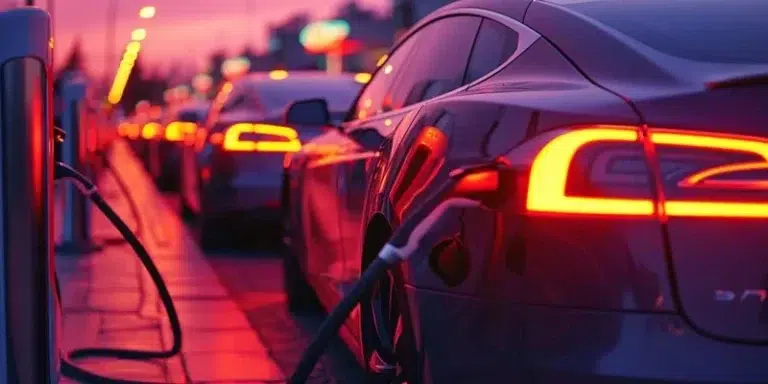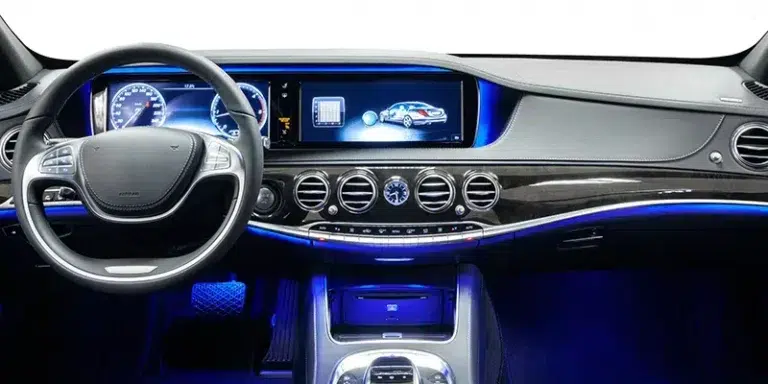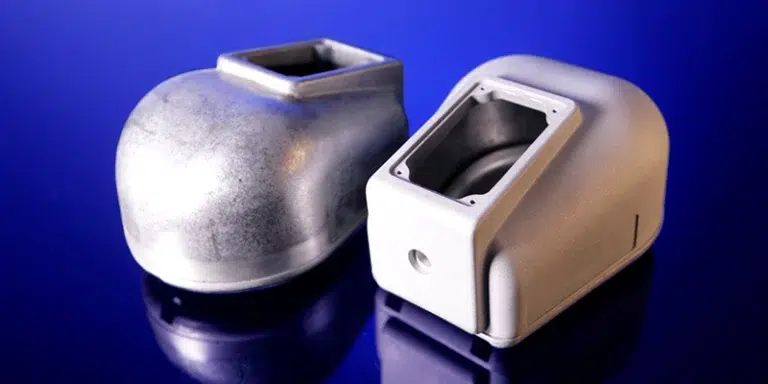BLOG CONTENT, NEWS AND PRESS RELEASES
Home » Blog Content, News and Press Releases
CNC Machining vs Injection Moulding: A Useful Guide
Want to learn the key differences between CNC machining and injection moulding? Read on to learn about the advantages, disadvantages, and similarities of each of the two method.
Read More »3D Printing vs Injection moulding: The Key Differences
Learn everything you need to know about 3D printing and injection moulding. In this article, we unveil the differences, similarities and the pros and cons of each method.
Read More »Understanding Overmoulding And Insert moulding
Curious about overmoulding and insert moulding? Read our article to find out everything you need to know about the two and how to choose the best option for your project!
Read More »5 Ways to Tackle Low-Volume Manufacturing Challenges
Facing challenges with low-volume manufacturing? Discover 5 smart strategies to tackle high tooling costs, streamline supply chains, and overcome customization hurdles, ensuring high-quality results in small batches.
Read More »UNLOCKING THE POTENTIAL OF SHEET METAL FABRICATION
Count on ARRK Asia for your next metal sheet fabrication project! Whether you're crafting new parts for any industry, we have the expertise you need. Discover more here.
Read More »BEST PROTOTYPE MATERIALS FOR HIGH TEMPERATURES
Need reliable materials against heat and fires? ARRK Asia offers heat-resistant and fire-retardant solutions for your designs. Learn more about how we can help!
Read More »HOW CNC MACHINING ENHANCES PROTOTYPING?
What is the process of CNC machining? At ARRK Asia, we are experts in the benefits and challenges of this industrial method. Keep reading to learn more!
Read More »CRITICAL DESIGN ELEMENTS FOR EV CHARGING STATIONS
Get insights into EV charger development and how ARRK Asia delivers quality enclosures and casings for effective charging stations.
Read More »OPTIMISE PROTOTYPING: WHAT MAKES FOOD-GRADE MATERIALS SAFE?
How safe are food-grade materials? Dive into the details and find out how ARRK Asia's innovative approaches provide reliable solutions.
Read More »THE PERFECT BLEND: ADVANCING AUTOMOTIVE SAFETY AND STYLE
Discover how ARRK's expertise drives the integration of advanced safety systems and creating realistic models for new vehicle concepts.
Read More »DIE CASTING: RAPID AND QUALITY PRODUCTION
Discover the benefits of Die Casting in Malaysia with ARRK Asia. Our experienced team produces high-quality products with the most precision and efficiency.
Read More »THE IMPACT OF VACUUM CASTING FOR MEDICAL DEVICES
Explore why vacuum casting is a top choice in the medical device development and get expert tips from ARRK Asia.
Read More »WE ARE YOUR TRUSTED LOW-VOLUME AUTO MANUFACTURER PARTNER
Learn why ARRK Asia is the leading low-volume auto manufacturer you need. Produce high-quality and custom automotive parts and components with our team!
Read More »A GUIDE TO THE CONSUMER APPLIANCES INDUSTRY WITH ARRK ASIA
ARRK is your go-to manufacturer for the consumer appliances industry in Asia. Our experts provide insights and analysis to help make informed decisions.
Read More »HOW TO MAKE TRANSPARENT AND TRANSLUCENT PARTS EFFECTIVELY
Learn how to make transparent and translucent parts effectively with ARRK Asia, manufacturing and engineering experts. Contact us today for more details.
Read More »CNC Machining vs Injection Moulding: A Useful Guide
Want to learn the key differences between CNC machining and injection moulding? Read on to learn about the advantages, disadvantages, and similarities of each of the two method.
Read More »3D Printing vs Injection moulding: The Key Differences
Learn everything you need to know about 3D printing and injection moulding. In this article, we unveil the differences, similarities and the pros and cons of each method.
Read More »Understanding Overmoulding And Insert moulding
Curious about overmoulding and insert moulding? Read our article to find out everything you need to know about the two and how to choose the best option for your project!
Read More »5 Ways to Tackle Low-Volume Manufacturing Challenges
Facing challenges with low-volume manufacturing? Discover 5 smart strategies to tackle high tooling costs, streamline supply chains, and overcome customization hurdles, ensuring high-quality results in small batches.
Read More »UNLOCKING THE POTENTIAL OF SHEET METAL FABRICATION
Count on ARRK Asia for your next metal sheet fabrication project! Whether you're crafting new parts for any industry, we have the expertise you need. Discover more here.
Read More »BEST PROTOTYPE MATERIALS FOR HIGH TEMPERATURES
Need reliable materials against heat and fires? ARRK Asia offers heat-resistant and fire-retardant solutions for your designs. Learn more about how we can help!
Read More »HOW CNC MACHINING ENHANCES PROTOTYPING?
What is the process of CNC machining? At ARRK Asia, we are experts in the benefits and challenges of this industrial method. Keep reading to learn more!
Read More »CRITICAL DESIGN ELEMENTS FOR EV CHARGING STATIONS
Get insights into EV charger development and how ARRK Asia delivers quality enclosures and casings for effective charging stations.
Read More »OPTIMISE PROTOTYPING: WHAT MAKES FOOD-GRADE MATERIALS SAFE?
How safe are food-grade materials? Dive into the details and find out how ARRK Asia's innovative approaches provide reliable solutions.
Read More »THE PERFECT BLEND: ADVANCING AUTOMOTIVE SAFETY AND STYLE
Discover how ARRK's expertise drives the integration of advanced safety systems and creating realistic models for new vehicle concepts.
Read More »CNC Machining vs Injection Moulding: A Useful Guide
Want to learn the key differences between CNC machining and injection moulding? Read on to learn about the advantages, disadvantages, and similarities of each of the two method.
Read More »3D Printing vs Injection moulding: The Key Differences
Learn everything you need to know about 3D printing and injection moulding. In this article, we unveil the differences, similarities and the pros and cons of each method.
Read More »Understanding Overmoulding And Insert moulding
Curious about overmoulding and insert moulding? Read our article to find out everything you need to know about the two and how to choose the best option for your project!
Read More »5 Ways to Tackle Low-Volume Manufacturing Challenges
Facing challenges with low-volume manufacturing? Discover 5 smart strategies to tackle high tooling costs, streamline supply chains, and overcome customization hurdles, ensuring high-quality results in small batches.
Read More »UNLOCKING THE POTENTIAL OF SHEET METAL FABRICATION
Count on ARRK Asia for your next metal sheet fabrication project! Whether you're crafting new parts for any industry, we have the expertise you need. Discover more here.
Read More »